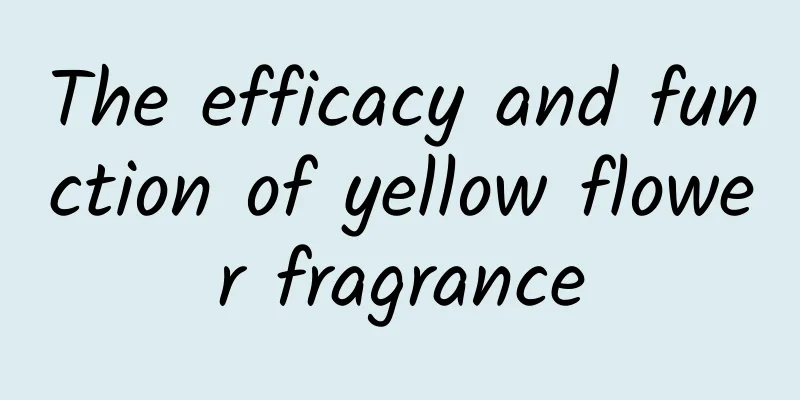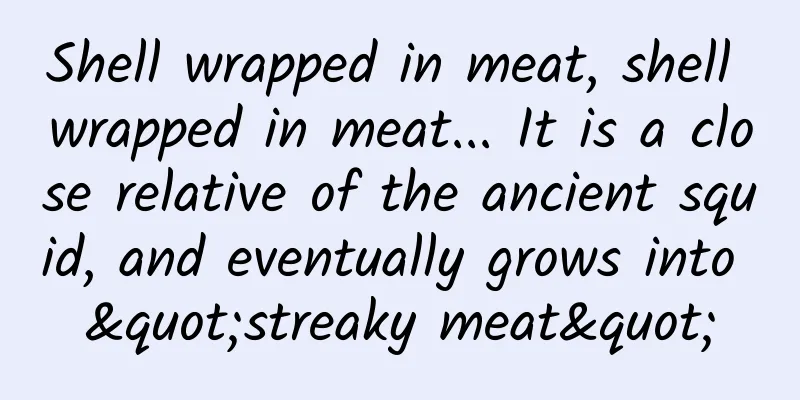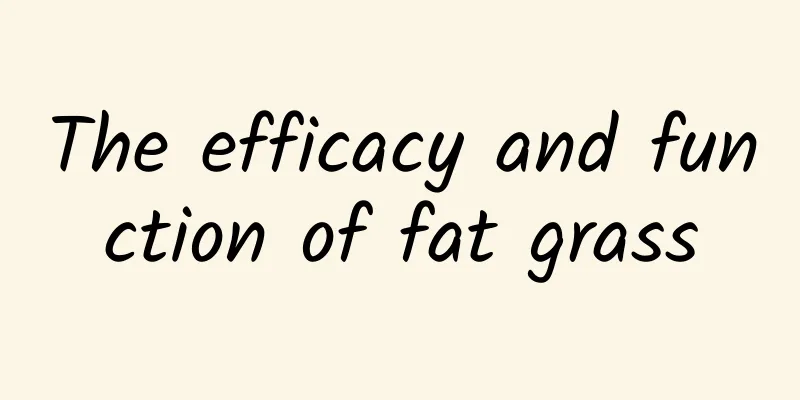The efficacy and function of yellow flower fragrance

|
Huanghuaxiang is a traditional Chinese medicinal material. There are precedents of using Huanghuaxiang to treat diseases in ancient times, so we can eat it with confidence. Next, I will mainly introduce to you the effects of yellow flower fragrance. [Alias] Broken bowl flower, yellow fragrant tree, small yellow flower, passing yellow. [Source] Medicinal material source: the roots and leaves of the plant Rhizoma Lucidum of the family Garciniaaceae. [Original form] A yellow-flowered fragrant shrub, about 1 meter tall. The whole plant is hairless. Young branches are reddish brown with two edges, old branches are gray-brown with longitudinal cracks in the bark. Simple leaves are opposite; petioles are short; leaf blades are hard and papery, oblong, oblong-ovate to lanceolate, 1-3.5cm long, 0.3-1.5cm wide, with acute or obtuse or small pointed tips, base broadly cuneate, entire, midrib running straight through the leaf tip, convex underneath, 2-4 lateral veins on each side, with transparent glandular dots and short glandular lines scattered all over, green above, white-green below. 1-3 flowers are terminal; flower diameter 3-4.5 (-6) cmm; bracts and bracteoles ovate to oblong, 0.5-1.5 cm long, 0.2-0.5 cm wide, with longitudinal stripes; 5 sepals, ovate to elliptical; 5 petals, obovate, yellow, 1-2 cm long, 0.8-1.5 cm wide, rounded at the tip; many stamens, fused into 5 bundles, 1/2-3/5 of the length of the petals; ovoid ovary, 5-chambered, with 5 styles. Capsule ovoid-globose, dehiscent. The seeds are spherical, with keel-like protrusions on both sides and fine honeycomb patterns on the surface. The flowering period is from May to July, and the fruiting period is from August to October. [Habitat distribution] Ecological environment: Growing in shrubs or forest edges above 2000m above sea level. 【Nature and flavor】 Bitter; Cold 【Functions and indications】 Clears away heat and dampness; detoxifies and relieves blood stasis. It is used for damp-heat jaundice, gonorrhea, diarrhea, dysentery, impetigo, burns, snake bites, traumatic injuries, and pain in the tendons and bones. [Usage and Dosage] For oral use: decoction, 15-30g. For external use: Take appropriate amount of fresh leaves and mash them to apply on the affected area. 【Excerpt】 Chinese Materia Medica The above is a brief introduction to the medicinal value of chrysanthemum. For most people in real life, there is no need to worry about side effects when using chrysanthemum to treat diseases. Therefore, using yellow flower fragrance to treat diseases is an effective and practical treatment method, and it has been widely used in clinical practice. |
<<: The efficacy and function of blackhead grass
>>: The efficacy and function of Euphorbia
Recommend
Do you think this belly button is a bit scary?
There are many strange phobias in the world, such...
The efficacy and function of juniper
Many people are not very clear about juniper, so ...
What substance is fire and what form is it in?
Objects in nature generally exist in three forms:...
Static electricity doesn’t just shock you! It can also…
Excerpted from: Inside and Outside the Classroom ...
Characteristics of Dandelions
Dandelion is one of the most common flowers and p...
What caused the mysterious "strange disease" that appeared in Japan in the 1950s?
In the 1950s, the villagers of Minamata Village i...
The efficacy and function of water cotton
After thousands of years of sedimentation and acc...
The efficacy and function of mountain alum flower
We are all familiar with the flower of the mounta...
The efficacy and function of blue
Po Lan is a very common Chinese medicine in our d...
What is the appropriate dosage of Gynostemma pentaphyllum tea?
Gynostemma pentaphyllum is a common Chinese medic...
Walnut wood price
We all know that eating 1-2 walnut kernels every ...
What are the effects and contraindications of fresh Imperata root
Many people don’t know much about Imperata root. ...
There are so many ball sports in the Olympics, why is it the fastest?
Did you watch the Paris Olympics? Ball games are ...
The latest footage of the 6.9-magnitude earthquake in Hualien County, Taiwan Island: The bridge collapsed and the rider captured the moment of the landslide
According to official measurements by the China E...








![[Smart Farmers] Pay attention to this living "little stick"! How powerful is the "master of disguise" in the biological world?](/upload/images/67f0a316c4bab.webp)
